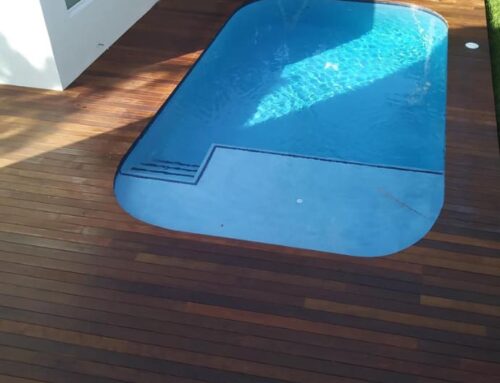In Florida, boat docks are essential infrastructure for waterfront properties and marinas, providing access to the state’s extensive waterways for recreational boating, fishing, and water sports. Here’s an overview of boat docks in Florida:
1 – Types of Boat Docks
Boat docks in Florida come in various types and configurations to accommodate different water conditions, property layouts, and boating needs. Common types of boat docks include:
– Fixed Docks: Permanent structures built on pilings or posts that extend over the water and provide stable mooring for boats.
– Floating Docks: Modular or sectional docks that float on the water’s surface and rise and fall with the tide. Floating docks are often used in areas with fluctuating water levels.
– Piling Docks: Docks supported by wooden or metal pilings driven into the seabed or lake bottom. Piling docks are suitable for deeper water and can withstand rougher conditions.
– Suspended Docks: Docks suspended from elevated structures or bridges, commonly used in urban waterfront areas or where traditional dock construction is not feasible.
2 – Regulations and Permits
Building and maintaining boat docks in Florida are subject to regulations and permitting requirements to ensure compliance with environmental, navigational, and safety standards. Permitting agencies may include the Florida Department of Environmental Protection (DEP), local municipalities, and waterfront management authorities.
3 – Materials and Construction
Boat docks in Florida are typically constructed using durable materials that can withstand exposure to saltwater, UV radiation, and tropical weather conditions. Common materials include pressure-treated wood, composite decking, aluminum, and galvanized steel.
4 – Accessories and Features
Boat docks may include a range of accessories and features to enhance functionality, safety, and convenience. These may include boat lifts, davits, dock boxes, mooring cleats, ladders, lighting, and electrical outlets for charging batteries or powering onboard equipment.
5 – Maintenance and Care
Proper maintenance is essential to ensure the longevity and safety of boat docks in Florida’s marine environment. Regular inspection, cleaning, and upkeep are necessary to prevent deterioration from saltwater exposure, marine growth, corrosion, and storm damage.
6 – Storm Preparedness
Florida’s coastal areas are prone to hurricanes and tropical storms, so boat dock owners must take precautions to protect their docks and boats during severe weather events. This may include securing boats, removing loose objects, and reinforcing dock structures.
7 – Public Access and Facilities
Many public boat ramps, marinas, and waterfront parks in Florida provide public access to boat docks for launching, docking, and transient mooring. These facilities may offer amenities such as restrooms, showers, fuel docks, and boat rentals for boaters and visitors.
8 – Economic and Recreational Importance
Boat docks play a significant role in Florida’s economy and recreation industry, supporting tourism, commercial fishing, waterfront dining, and waterfront property values. They provide access to world-class fishing grounds, scenic waterways, and waterfront attractions throughout the state.
Overall, boat docks are integral to Florida’s coastal lifestyle and maritime heritage, offering boaters and waterfront property owners convenient access to the state’s diverse and vibrant waterways. Whether for leisurely cruising, sport fishing, or simply enjoying the waterfront lifestyle, boat docks are a cherished feature of Florida’s coastal communities.






